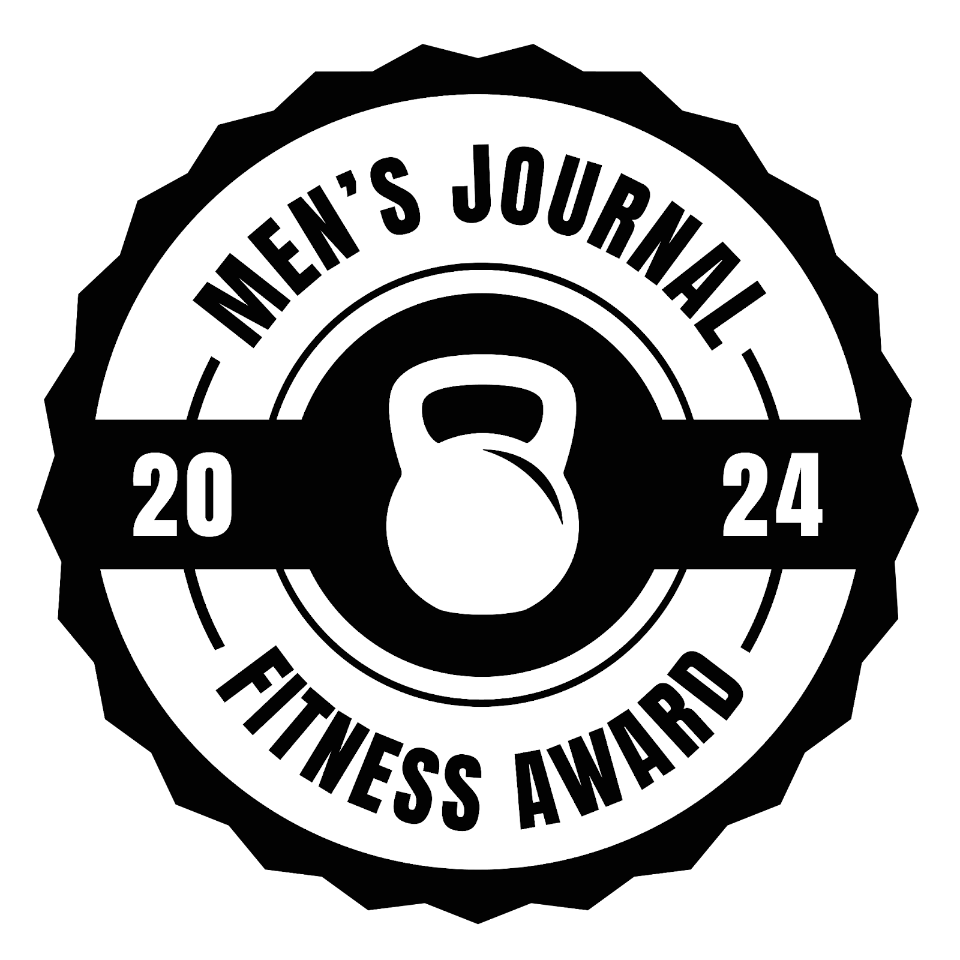Being parched and thirsty can feel like the Sahara desert is in your mouth. If you’ve ever felt this way, you may have been suffering from dehydration, a common condition that occurs when you don’t get enough fluids. Understanding the medical hydration definition is a key step in fighting off dehydration.
Dehydration can be caused by excessive sweating as a result of a fever that raises body temperature or physical activity in both hot and cold weather. It also occurs when you don’t drink enough fluids and when you have an illness that causes diarrhea and vomiting.
Here, we’ll go over the medical hydration definition. You’ll learn what happens when you don’t drink enough fluids and how you can manage dehydration using an oral rehydration solution like DripDrop.
Hydration Definition
We all know how important hydration is to our health. After all, our bodies are made of 60% water and 73% of our brains and hearts are made of fluids.
Understanding the definition of hydration is key to addressing the condition of dehydration. Here are some common hydration definitions — pronounced hy·dra’tion — according to medical dictionaries, Wikipedia, and thesauruses:
- The process of adding fluid to a body
- Being in a hydrated state
- Chemical reactions where water molecules combine with one other ingredient without hydrolysis
To understand the definition of hydration, it’s useful to know some synonym and antonyms. Synonyms of “hydrate” include “moisten” and “rehydrate” while antonyms include “dehydration” and “parch.”
Most people respond to dehydration by drinking more fluids. However, you can’t just drink water to tackle dehydration. Our bodies also need the perfect amount of electrolytes, which play a key role in muscle function, water retention, and overall health.
When You Don’t Consume Enough Fluids and Electrolytes
If you don’t drink enough fluids, you may suffer from a condition called dehydration. Dehydration occurs when you lose more fluids than you consume. Mild to moderate dehydration can cause unwanted side effects including discomfort and pain. It can also lead to kidney problems and an increase in urinary tract infections. If left untreated, severe dehydration can lead to fainting, coma, and even death.
Here are some warning signs of dehydration to watch out for:
- Extreme thirst
- Decreased urination or dark urine
- Headache
- Muscle cramps
- Rapid or irregular heart rate
- Lightheadedness and fatigue
- Dry mouth or parched mouth
- Dry skin or dry eyes
- Dizziness
Severe dehydration may cause confusion, irritability, and sunken eyes. In children, signs of dehydration may include crying without producing tears, dry diapers for more than four hours, and a sunken soft spot (fontanelle) on the head.
Keep an eye out for the warning signs of dehydration listed above. If you start to experience the signs of mild to moderate dehydration, reach for an oral rehydration solution like DripDrop to remedy the condition fast.
How To Manage Dehydration
The best way to fend off dehydration is to drink plenty of fluids throughout the day. However, it’s not just about drinking water. You also need a proper balance of electrolytes like sodium, calcium, and potassium to remedy dehydration.
Oral rehydration solutions were developed in the 1960s by scientific researchers. These medical scientists found that a precise amount of sodium and glucose were effective in tackling dehydration fast. This led to the creation of the World Health Organization’s Oral Rehydration Solution (ORS) standards.
The WHO formula requires a large amount of sodium electrolytes and a small amount of glucose. The sodium requirements are about three times the amount present in most sports drinks today, yet most sports drinks have twice as much sugar. Since most sports drinks don’t meet the WHO ORS requirements, they aren’t as effective in fending off or alleviating dehydration.
Additionally, the downside to many oral rehydration solutions is that the large amount of sodium electrolytes can result in an unappealing flavor. That’s why Dr. Dolhun created DripDrop. It improves on the WHO formula — preserving efficacy and the medically relevant electrolyte levels — AND tastes great.
But you can’t just have sodium and glucose in the right amounts. You also need a formula that improves your body’s ability to absorb these nutrients. That’s another reason why DripDrop beats out the competition: It has a low osmolarity.
Osmolarity is the amount of pressure required for a solution to enter a membrane. With a lower osmolarity, your body is able to pull in fluids and electrolytes, helping to defeat dehydration faster. The osmolarity in DripDrop is lower than the WHO standards, making it one of the most effective options for fighting dehydration.
In short, sports drinks may taste good because of large amounts of sugar, but that added sugar means they’re less effective in addressing dehydration. Traditional ORS solutions are very effective, but most don’t taste good. DripDrop’s formula is unique, combining the efficacy of precise amounts of sodium electrolytes and sugar with delicious flavor. Plus, the low osmolarity makes it easier for you to tackle dehydration.
Tips for Managing Hydration
Many of us struggle with drinking enough fluids. Fortunately, there are several things you can do to make it easier to drink enough water and electrolytes. Here are some top tips to help you stay hydrated.
- Keep a water bottle and DripDrop packets with you throughout the day. You can add these items to your gym bag, work bag, or purse so you always have a high-quality dehydration protocol on hand.
- Create a drinking schedule. If you really can’t remember to drink fluids, set a few alarms to remind you to drink. You can also pair drinking with activities. For example, drink fluids every time you take a break or every time you check your emails.
- Take small sips of fluids throughout the day. Try to drink a full glass of water and an oral rehydration solution during each meal. Make sure to drink an oral rehydration solution after working out or when you’re sweating on the job site since these activities can cause you to lose fluid and electrolytes.
- If you feel hungry, try drinking fluids. The mechanisms of hunger and thirst send similar signals to your brain, so you may actually be dehydrated when you think you’re feeling hungry.
DripDrop allows you to relieve mild to moderate dehydration outside of a hospital setting, without the need for costly and painful IV therapy. Our precise formula is powerful enough to help patients suffering from dehydration caused by Ebola and cholera, but safe enough for everyday use. Plus, DripDrop tastes amazing and comes in a variety of flavors.
Tackle Dehydration With DripDrop
Now that you know the hydration definition you can manage its counterpart, dehydration, effectively. Watch for the signs of dehydration, including headache and extreme thirst, and spring into action quickly by taking small sips of DripDrop.
When you're in a state of dehydration, no amount of water alone is enough. Your body needs the right balance of sodium and glucose to help you absorb fluids. With the precisely balanced ratio in DripDrop's precise formula, you can replenish vital electrolytes and fluids to relieve dehydration quickly. Plus, DripDrop supplies vitamins like zinc, potassium, and magnesium, which are essential to support your overall health.
For cases of mild to moderate dehydration, DripDrop is a fast, effective, and great tasting remedy. The convenient packaging allows you to have DripDrop when you need it, where you need it.
Get started with our most popular multi-flavor pouch for dehydration relief fast. Or, learn more about how you can save up to 25% on every purchase when you subscribe.














